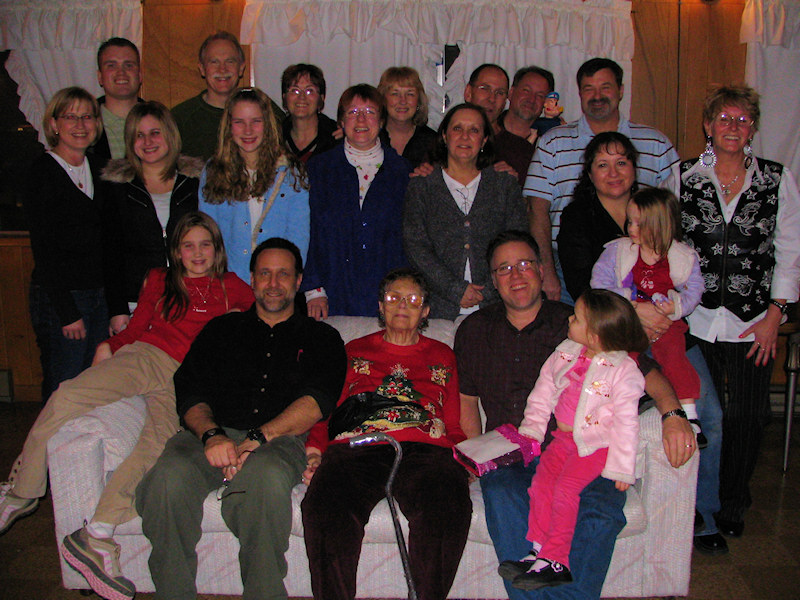There is a lot of news around today on DNA tests to prove your lineage. It’s still early days in the technology, but it has opened up a huge front for genealogists and family history researchers. The Pasadena Star News recently published “Family History Gets a Boost”, making some interesting points on DNA roots research.
The latest tool for genealogists has spurred interest in the subject so much that it is currently the No. 1 hobby in the country, said Miriam Benell, one of the founding members of the Whittier Area Genealogical Society (WAGS).
…The practice of using DNA in genealogy was started in 2000 by Family Tree DNA, a Texas-based group that is affiliated with the University of Arizona, where all its tests are performed.
It now houses the largest database of DNA in the country, with more than 100,000 records…Tests can place a person’s genetics into one of several ancient migrations of humans from Africa.
According to the National Geographic Web site, scientists call the common male ancestor “Adam” but point out that he was not literally the first male human. Instead, Adam, who lived in Africa 60,000 years ago, is the only male whose descendants survived to the present day.
“It’s well-established science that we’re all related to the same black man and woman out of Africa about 200,000 years ago,” Miller said. “I’ve had some people get angry at me for telling them that in my DNA seminars. It’s a very touchy subject.”
First, genealogy research is the number one most popular hobby. Wow! That’s exciting. The more people involved, the more information available to help each other find our ancestors.
Second, why would finding the genealogical “source” for human beings be a touchy subject? Must be a racial thing. What a minute, we’re all the same race! Isn’t that what this is saying? Wow!
Third, it’s a fact. Not just a scientific fact, but a provable fact. The more people’s DNA that gets tested, the more this fact is proved, over and over again. I think it’s exciting. Maybe they’ll find that the man was an African and the woman was from outer space. Wouldn’t that make more than a few people upset? 😉 Gives intelligent design fans pause. Talk about your touchy subjects!
Okay, I’m making fun of something serious, but also exciting. The idea of researching our genealogical roots back 60,000 years is amazing.
Though, having stood in a cave in the Middle East claimed to have over 200,000 years of continuous human occupation, 60,000 years is a drop in the life bucket.
What if we could go back to our genetic relatives 200,000 years ago? What would their lives be like? Inside of the Carmel Caves, they have a short docu-drama giving us a glimpse of what their lives were like living inside of the cave, dependent upon them for protection from the elements and the wildlife. Actors with dirty faces and long beards and hair did their best to give us a glimpse of a day or two in the life of these cave dwellers.
I’m thrilled to find information on a relative from 100 years ago. Tracing family back 200,000, let alone 60,000 years, is amazing. And exciting.
Touchy? As my mother says so frequently, “Get over it.” And get to know your relatives. They are all around you, and in every color, shape and size.
Most Recent Articles by Lorelle VanFossen
- The Myths and Mysteries and Hunt for Nicholas Knapp
- The Perpetual Calendar
- GenSmarts: Reminder to Not Assume
- Gensmarts Saves Your Family History Research Life
- Digging Through Historical Newspapers Online






3 Responses to All DNA Traces Back to Original African Black Man and Woman